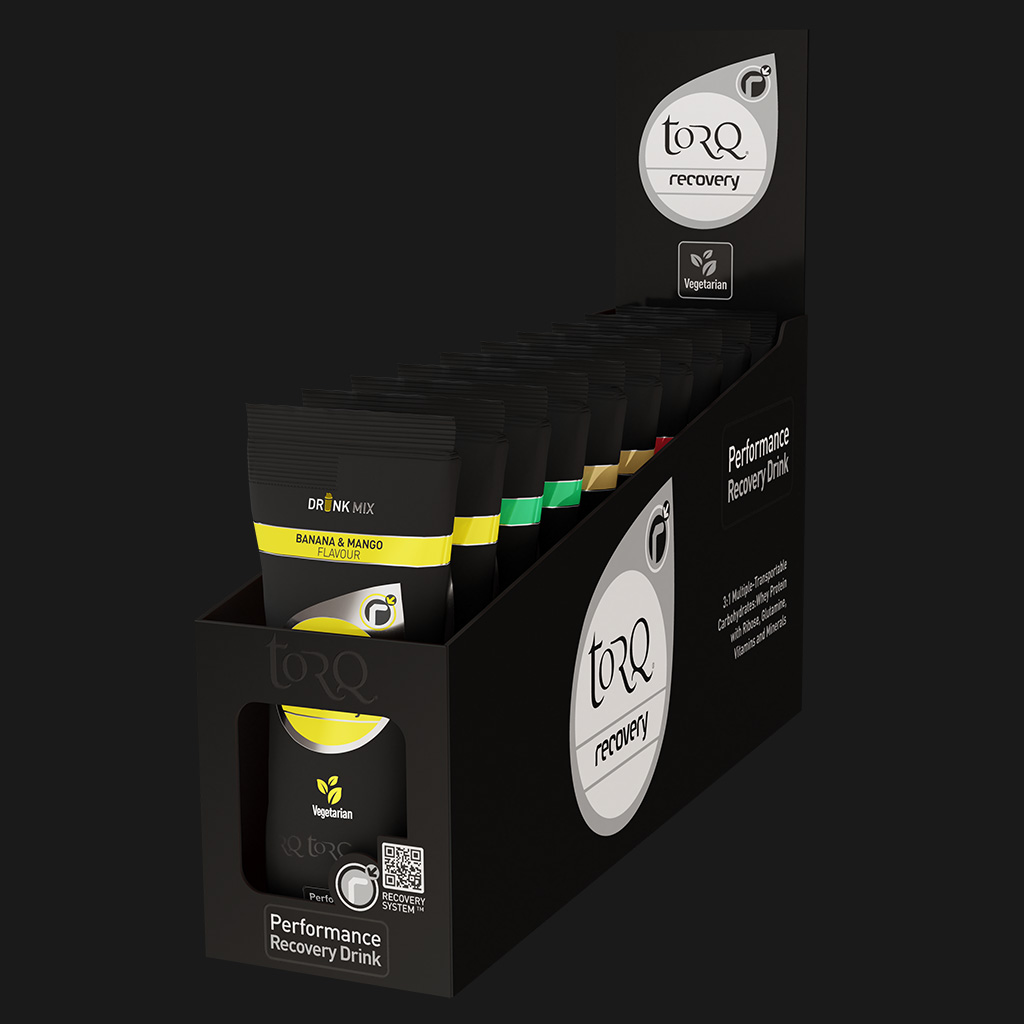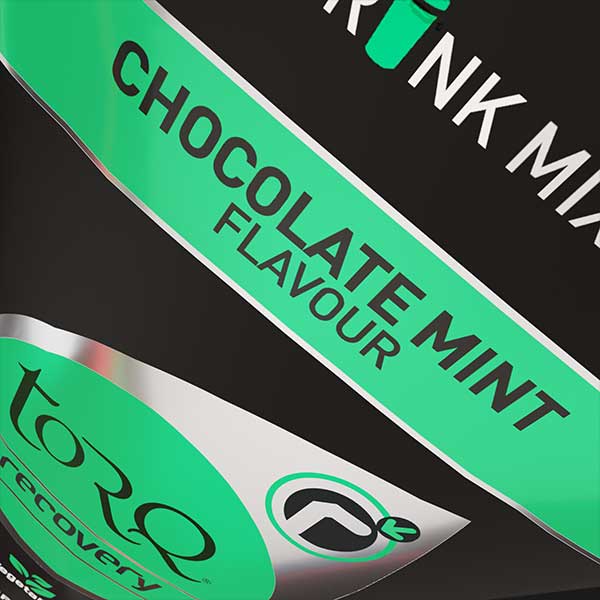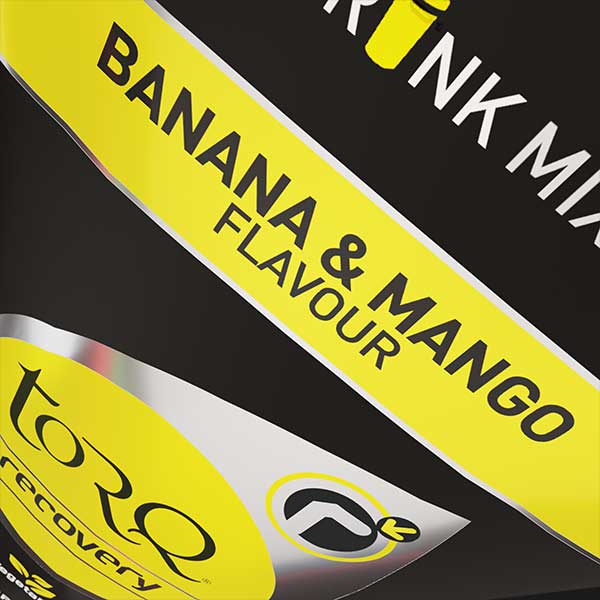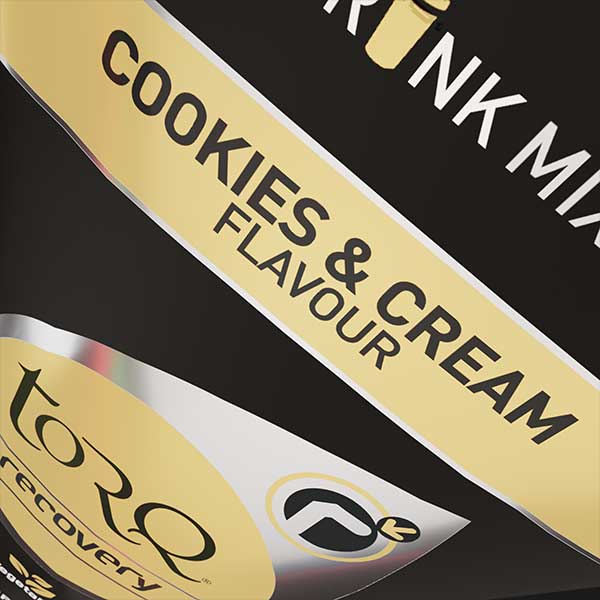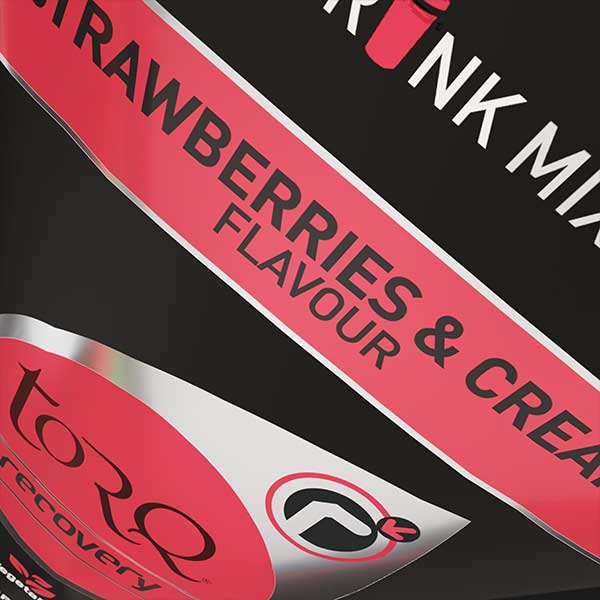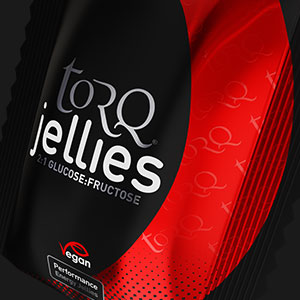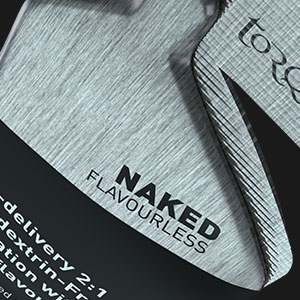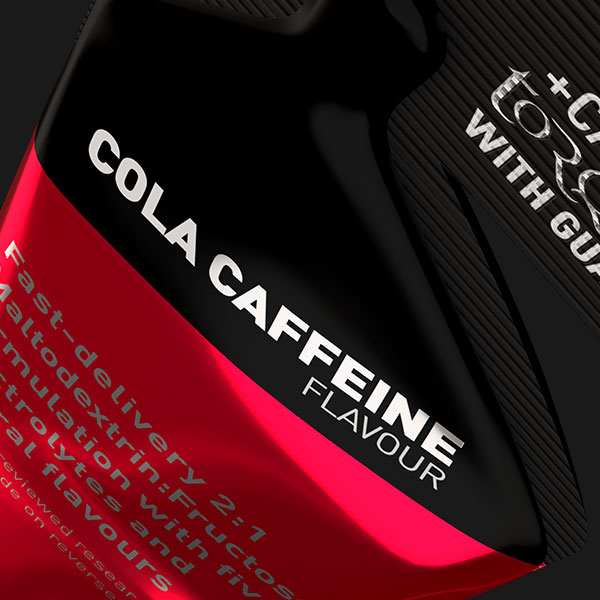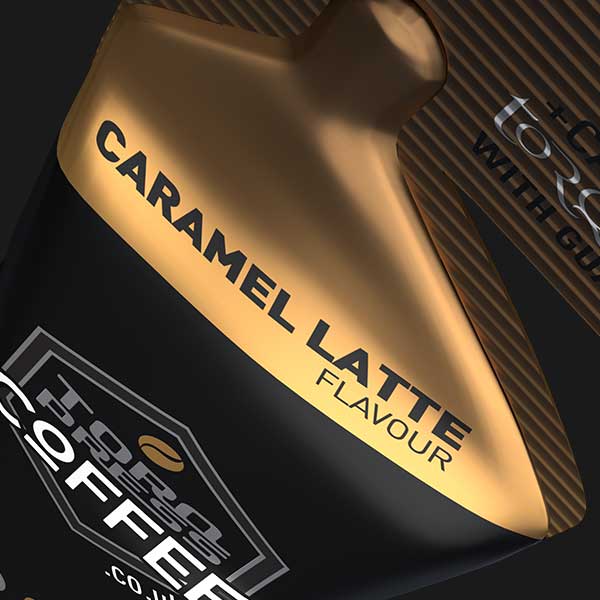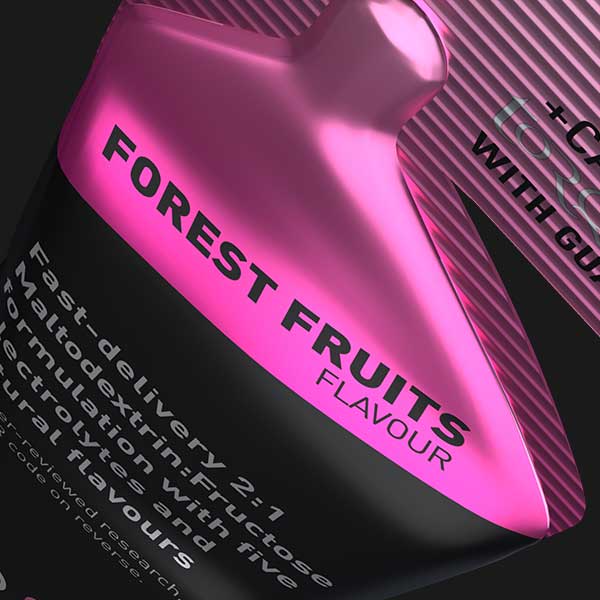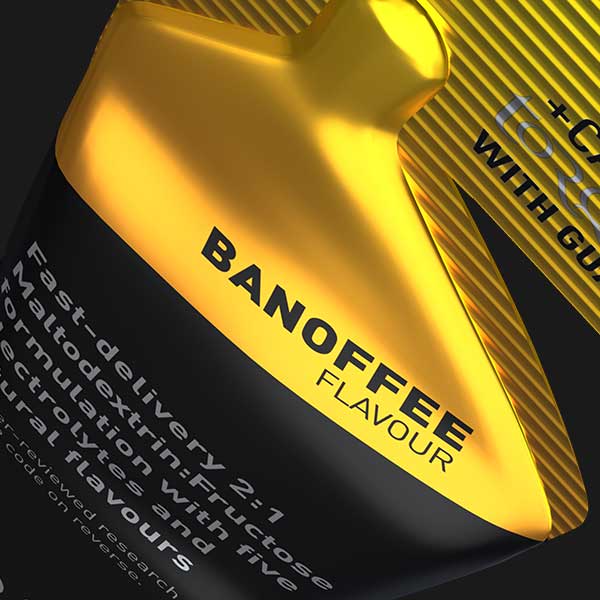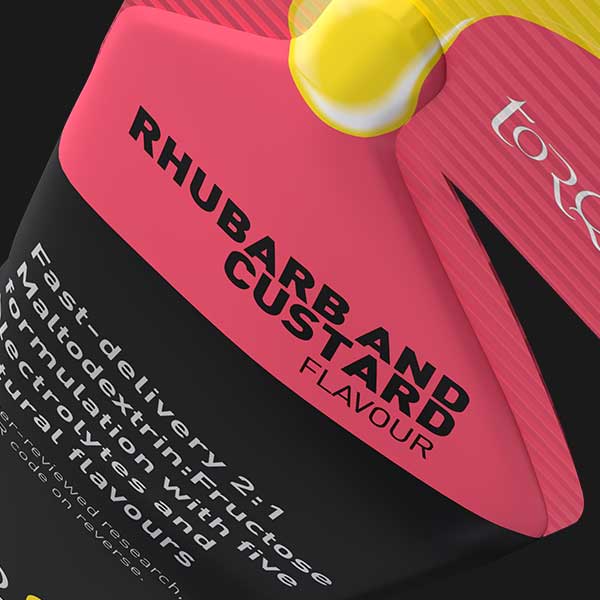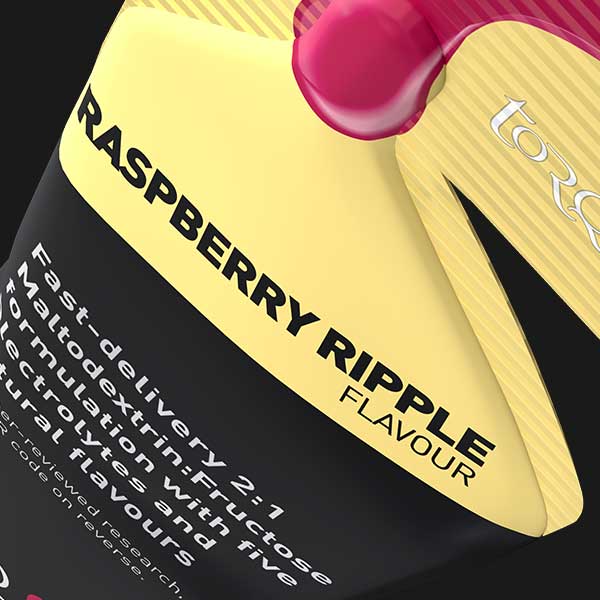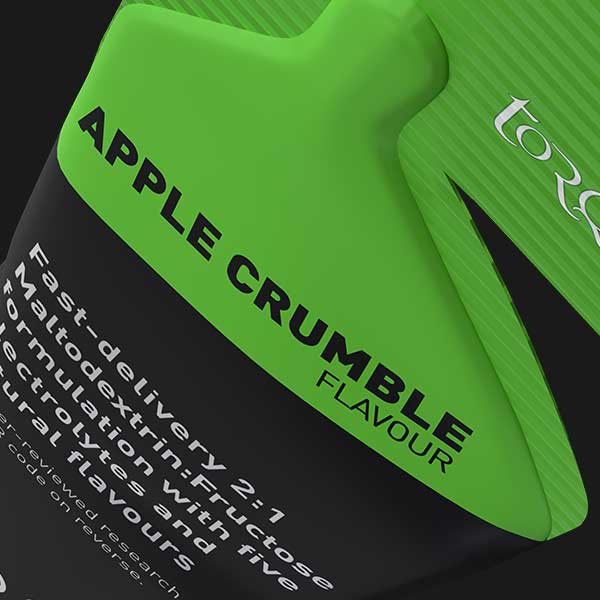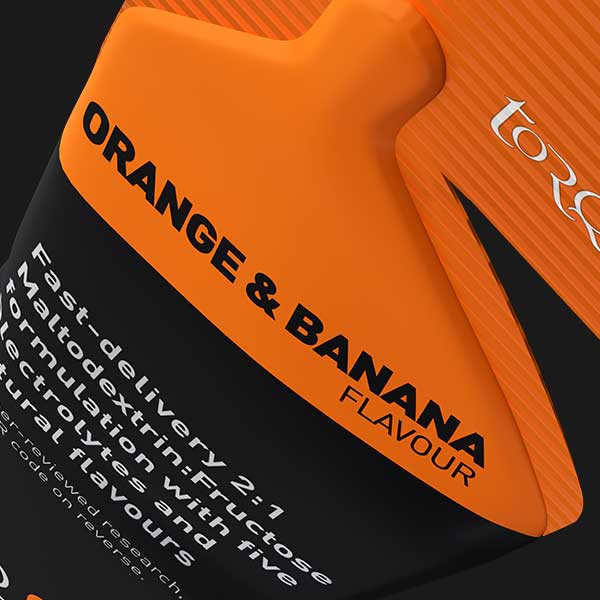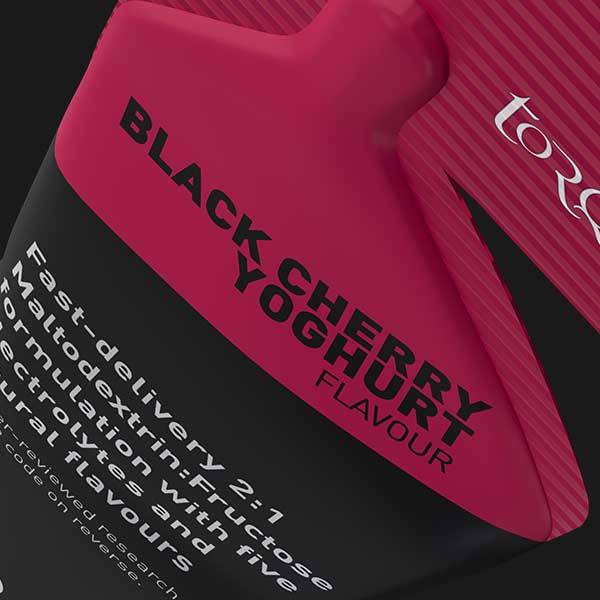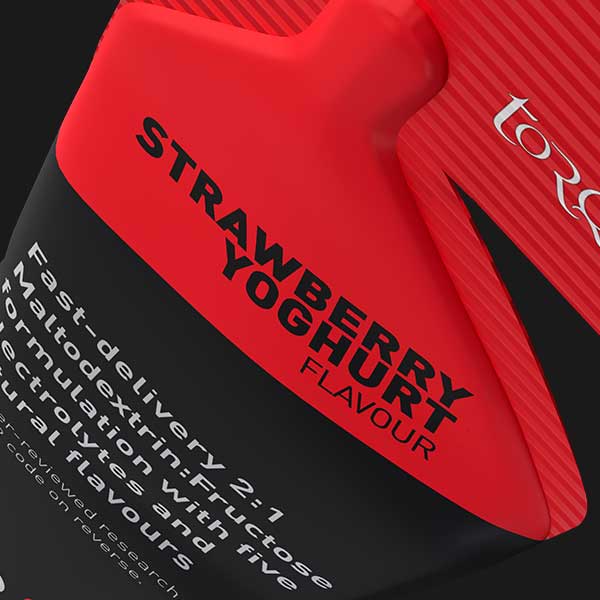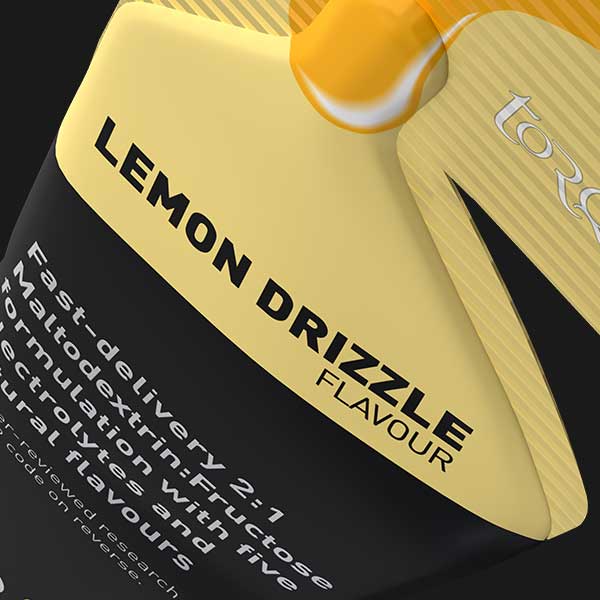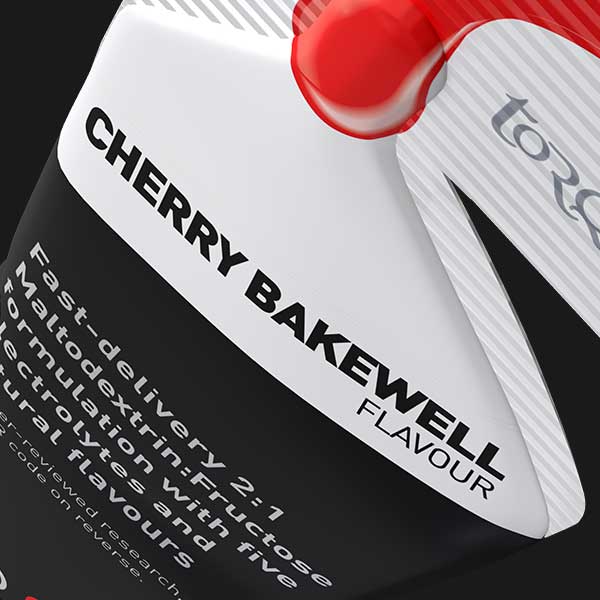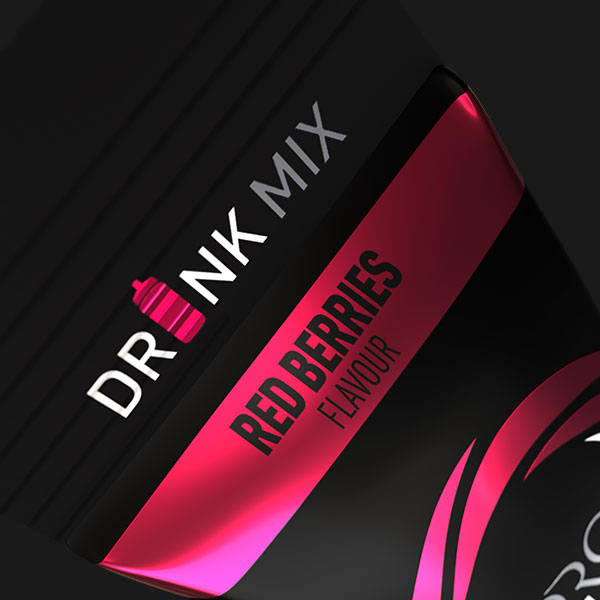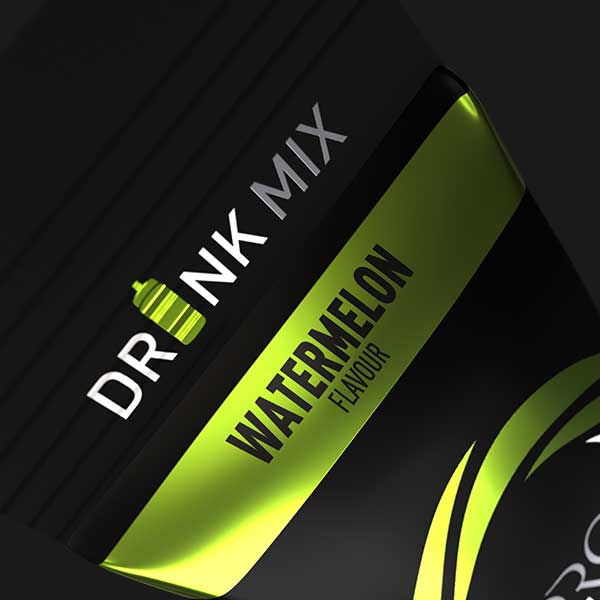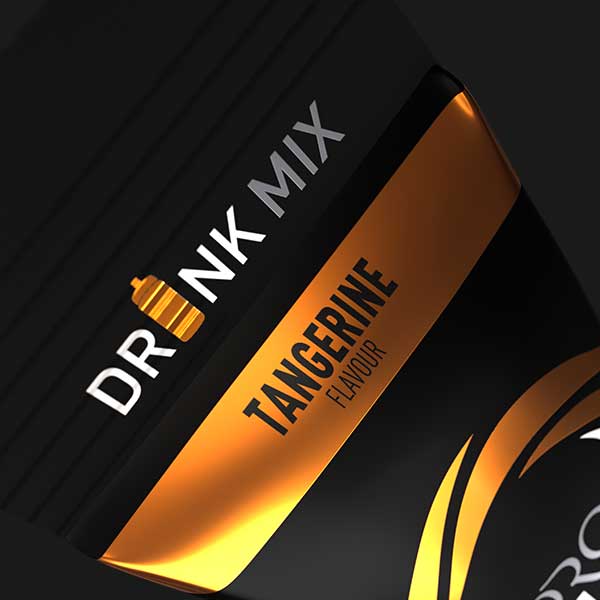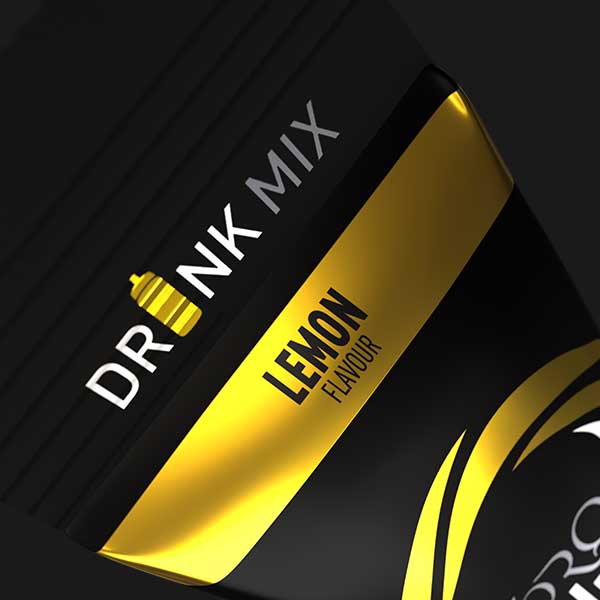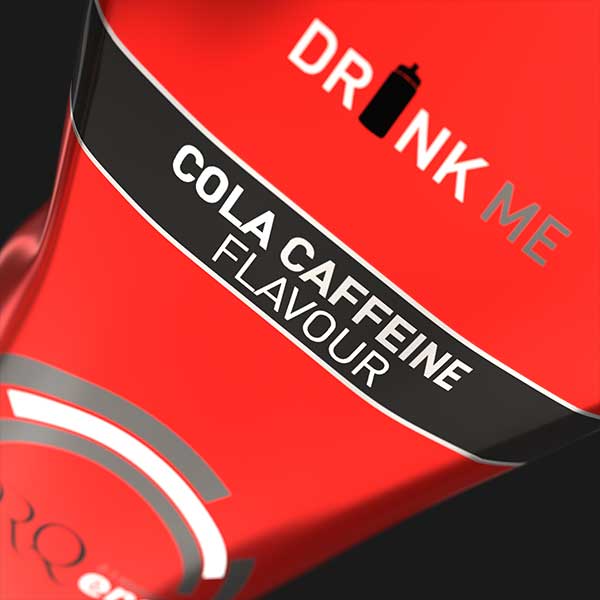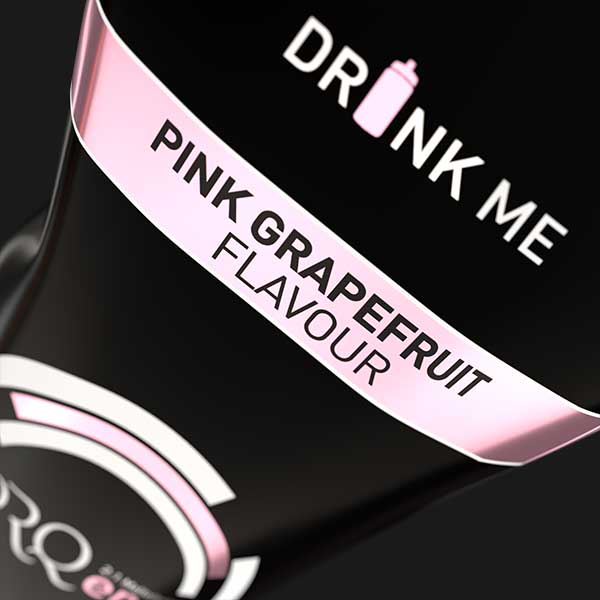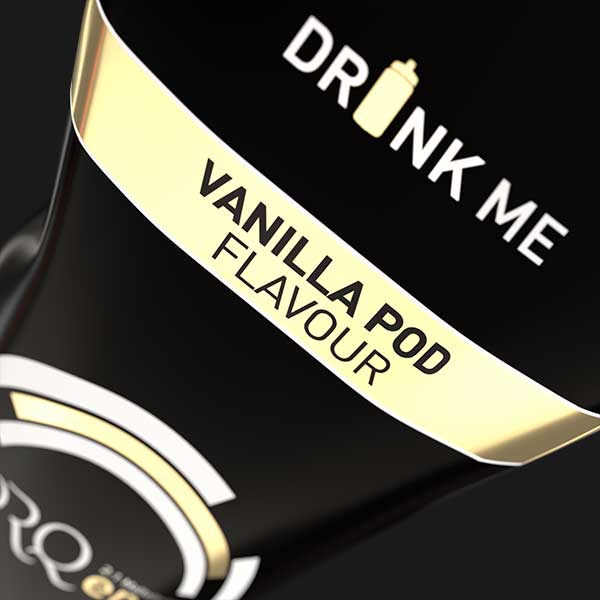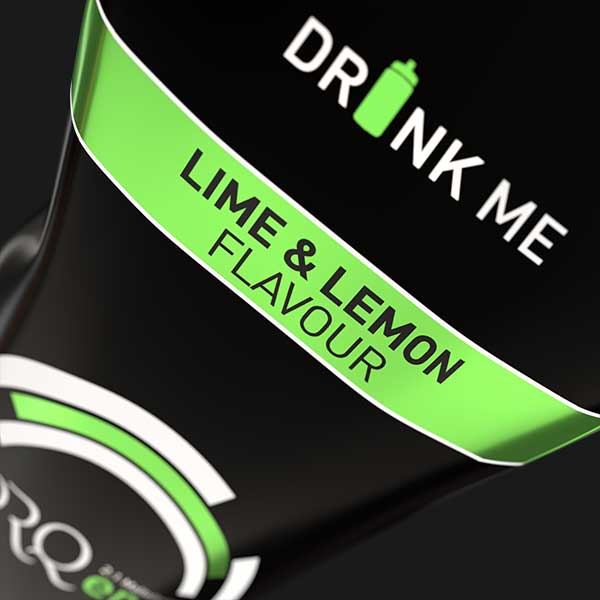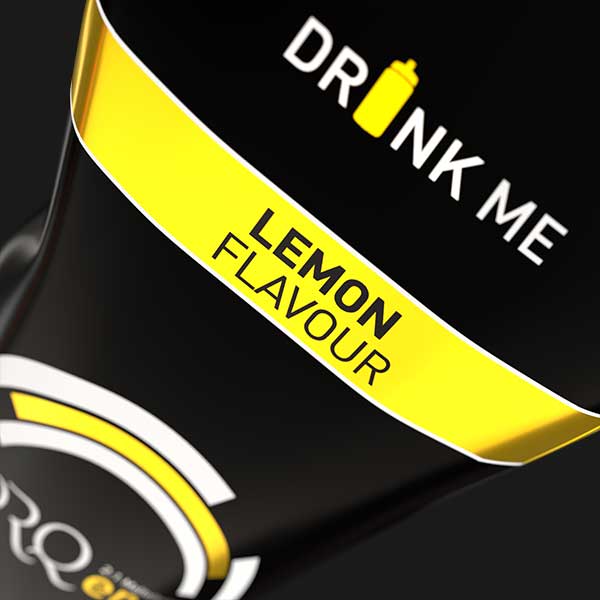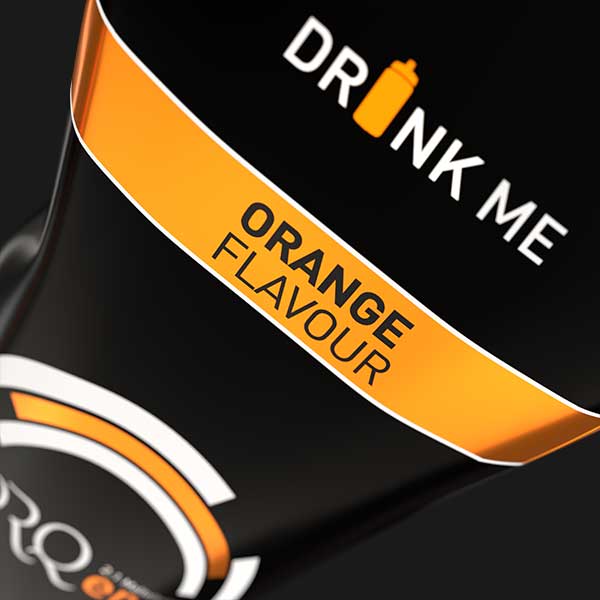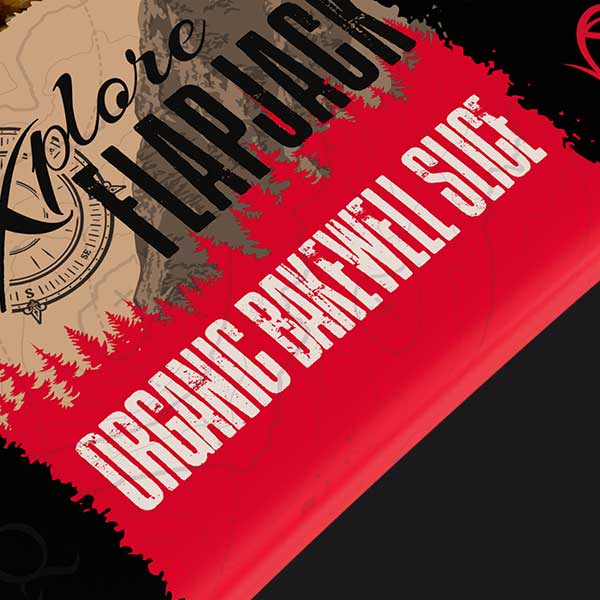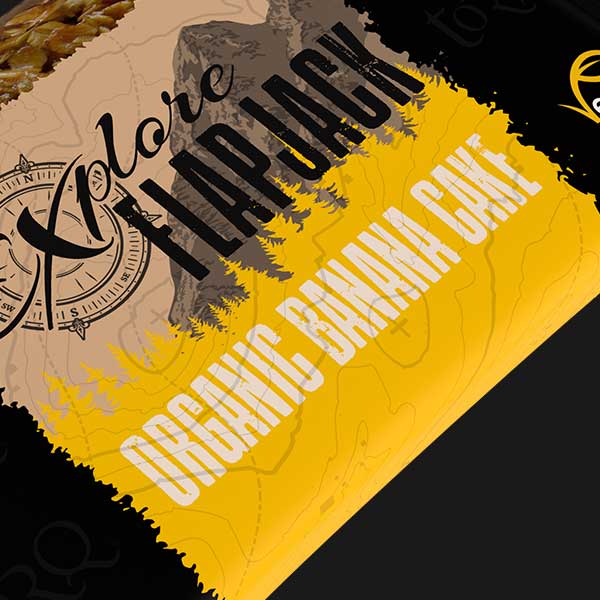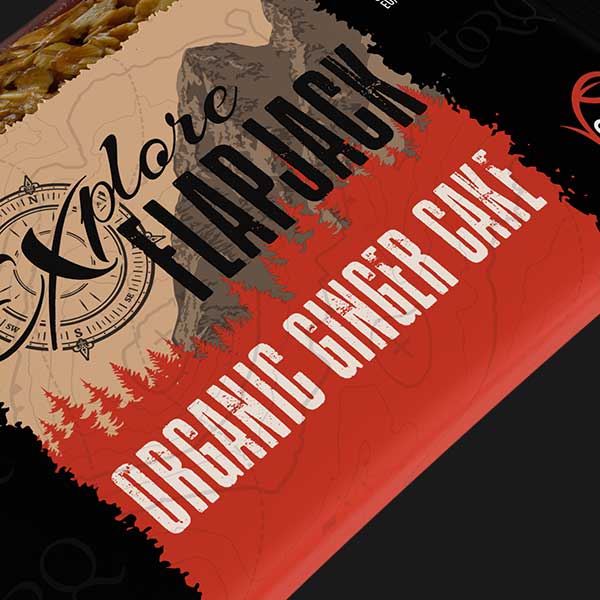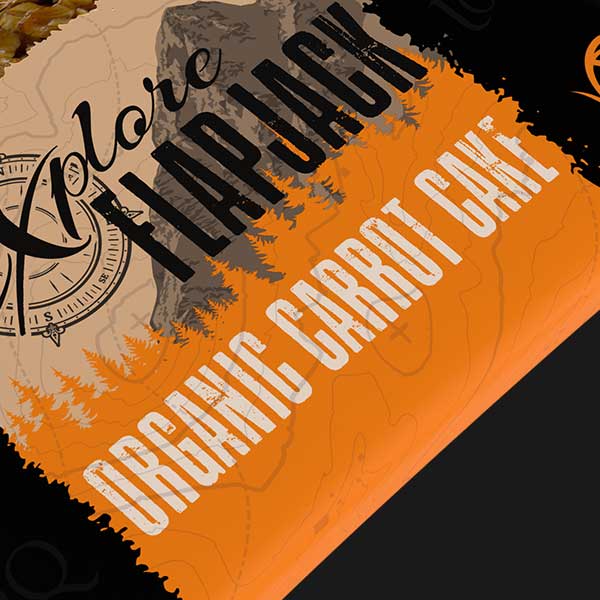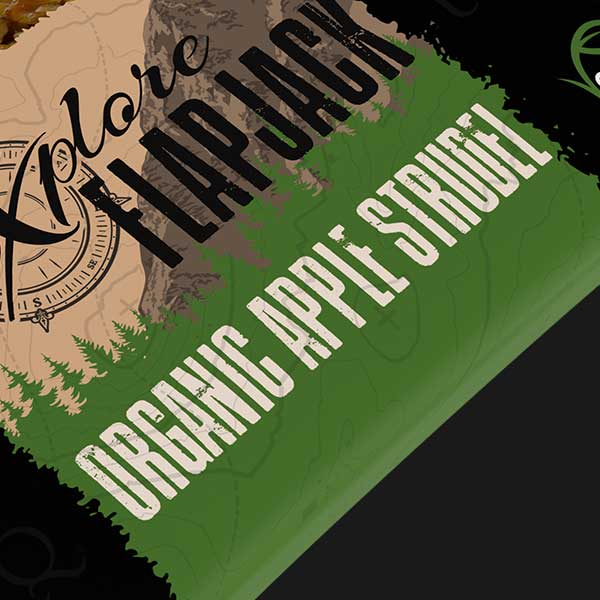Buy TORQ Recovery Singles
£0.00
TORQ Recovery Drinks
TORQ Recovery Drink is a highly advanced post-exercise nutritional drink formulation that has been designed to rehydrate, refuel, repair and recharge your fatigued physiology after heavy exercise.
Select the Recovery Drink category below and build a sample pack of your favourite flavours. If you would like to try any of our other products, you can do that from this page too – just click on the category and then the individual flavours. Click on any unwanted items in the basket to remove them.
To qualify for a FREE Mixer Bottle, add any 4 Recovery Drink sachets to your basket and your mixer bottle will be added to your order automatically. Total cost of package is £8.60 and this will be further discounted if you qualify for multi-buy discounts.
There are NO delivery charges on ANY orders from this website, however small.
If you would like to purchase bulk pouches of Recovery Drink, click here...
Order Info:
0
£0.00
£0.00
Add 15 more items and save 10%.
Click on the different products to build your perfect selection. The more products you buy the less you pay!
Energy Gels£2.20 - £2.40
Energy Drink Powder£2.00 - £2.20
Explore Flapjacks£2.65
Product Highlights
- HMB for Muscular Repair and Growth
- Beta-Alanine for Anaerobic Power
- Phosphate Salts for Aerobic Development
- High-Potassium, Antioxidant-Rich Cocoa
- Part of the TORQ Recovery System
Product Summary
TORQ Recovery Plus+ is a hot cocoa drink containing HMB, Beta-Alanine and Sodium Phosphate that is to be taken twice daily. It doesn’t have to be mixed hot, but it really does make a great tasting cup of cocoa, so we advise that you take your time and enjoy this product. If you’re in a rush, add 2 level scoops of the powder to 250ml of fresh cold water in your mixer bottle and give it a good shake. Sugar can be added to sweeten further if required.
TORQ Recovery Plus+ is designed to be taken continually during any high load training/racing period and is therefore ideal for use throughout the competitive season, or in the lead up to and during a training camp or cycling holiday. TORQ Recovery Plus+ can also be used as a peaking tool in the lead up to an important one-off event as a peaking tool. TORQ Recovery Plus+ can also deliver significant benefits to intermittent interval type activities/sports like track cycling, downhill mountain biking and team sports.
The properties of HMB, Beta-Alanine and Sodium Phosphate are discussed in detail under the Technical Information tab.
Essentially HMB has anabolic benefits, so helps with muscular repair and development, whilst Beta-Alanine assists with the development of top-end power and lactic acid tolerance. Sodium Phosphate helps with the development of aerobic power. It is the interplay between HMB and Beta-Alanine that makes this product so exciting however, because Beta-Alanine exploits top-end power, which in turn results in micro-tears in the muscle structure and a fatigue stimulus to the anaerobic energy systems. HMB, with it’s anabolic properties then works to rapidly knit this fatigued muscle tissue back together and this is the very essence of the ‘training effect’. Fatigue – Compensation – Supercompensation. Beta-Alanine drives a larger fatigue stimulus and HMB creates a larger and quicker supercompensation.
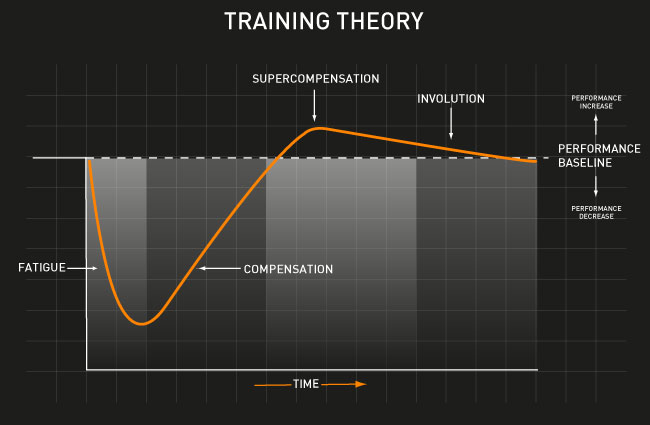
IMPORTANT: TORQ Recovery Plus+ is not intended to replace our regular TORQ Recovery Drink, it is to be used in conjunction with it*. Both TORQ Recovery Plus+ and TORQ Recovery Drink offer different benefits and to fully understand the interplay between the two, we strongly advise that you read our TORQ Recovery System page. The recovery process is much more complex than simply taking this product in isolation.
*There are exceptions to this and these are discussed under the Product Usage tab.
Product Usage
TORQ Recovery Plus+ is available in 500g tubs, each providing 14 X 36g serves. TORQ Recovery Plus+ is also available in 1.5Kg and 3Kg quantities, which will provide 42 and 82 serves respectively.
Mixing: Add 2 level scoops of TORQ Recovery+ powder to 1/3 of a mug of cold water and mix thoroughly into a thick paste using the thin end of a spoon. Add boiling water slowly whilst stirring and mix into a smooth hot beverage. Do NOT add hot water directly to the powdered ingredients.
Dose: Drink 2 mugs of TORQ Recovery+ per day with at least 6 hours separation, as this will deliver the research-recommended daily doses of the high-potency nutrients most effectively.
Variations: Unlike our standard TORQ Recovery Drink, using milk instead of water or adding sugar to this product will not affect its functionality. TORQ Recovery+ can also be made into a very palatable cold drink – just mix with cold water.
Tingling: Beta-Alanine ingestion leads to a relatively short-term tingling sensation to the skin. This ‘flushing’ is a perfectly normal response to this nutrient and is harmless, so please don’t be alarmed!
TORQ Recovery Plus+ should be consumed daily, even on rest days. Intermittent use of this product is not recommended. All of the nutrients in TORQ Recovery Plus+ need to be taken daily and in 2 divided doses to have maximum effect, as explained in the dosing instructions above. The research suggests that HMB and Sodium Phosphate will have a reasonably immediate effect, but many of the studies into Beta-Alanine supplementation suggest that the greatest benefits are likely to be gained once the amino acid has been in your system for a sustained period of time and most protocols have tested athletes after a loading phase of 4 weeks. That is not to say that benefits won’t be gained in less than 4 weeks, but if you have a particular goal in mind, you should aim to start consuming TORQ Recovery Plus+ at least 4-weeks before you want to get the performance benefits from it.
The following scenarios are examples of when you might benefit most from using TORQ Recovery Plus+
Use Throughout your Entire Racing Season: Since the benefits of TORQ Recovery Plus+ are fully realised during high intensity training or racing, our advice to seasoned racers is to start taking the product during the pre-season when intensity of training is increased and continue with it throughout the season. During the off season where training intensity drops and volume increases, benefits will still be gained from the anti-catabolic qualities of HMB, but you will be paying for Beta-Alanine and Sodium Phosphate, which will be having little effect on your performance at this time. In which case, we recommend that you cease using TORQ Recovery Plus+ and purchase our BULQ HMB product and maintain a daily dose of that by mixing it into some fruit juice. Using TORQ HMB on a daily basis in the off season will be much easier on your purse than TORQ Recovery Plus+ – save this for when you’re competing.
Cycling/Activity Holidays, Training Camps and Key Races: You could consider using TORQ Recovery Plus+ as a peaking tool for stage races, training camps or cycling/activity holidays? Training camps and cycling holidays for instance invariably get a tad competitive, so if you know that the exercise is going to be of an intermittent nature, start using TORQ Recovery Plus+ at least 4 weeks before you go as you train up for the trip and continue taking it throughout the holiday. You could also use TORQ Recovery Plus+ in the lead up to an important one-off event too – if the event is that important to you, it will be worth investing in a 4-week loading phase.
Track Cyclists, Downhill Mountain Bikers and BMX Riders: Finally, there are groups of individuals who are likely to benefit from regular TORQ Recovery Plus+ consumption even when using the standard TORQ Recovery product less frequently. As there are significant anaerobic benefits to be gained through using TORQ Recovery Plus+, sprinting and power athletes like Track Cyclists, Downhill Mountain Bikers and BMX riders should consider using this product, even if they aren’t using the Standard TORQ Recovery product as much as an endurance athlete.
Technical Information
TORQ Recovery Plus+ combines 3 potent nutrients, HMB, Beta-Alanine and Sodium Phosphate and we discuss them in detail here. We also look at the integral properties of cocoa.
HMB: HMB (Beta-hydroxy beta-methylbutyrate) is a metabolite of the amino acid Leucine. This means that it is a natural bi-product of the breakdown of leucine, a constituent of normal dietary protein. Small amounts of HMB are found in certain foods like catfish, alfalfa and it is a natural component of mother’s milk, but generally speaking it’s pretty scarce in the average diet. HMB was first discovered in the 1950’s and has been studied for several decades, but only really became popular as a sporting supplement in the mid 90’s.
HMB has been found to slow down the degradation of muscle protein as well as enhance muscle gain, which means that it possesses both anti-catabolic and anabolic qualities. Early research has demonstrated that HMB supplementation lowers cholesterol and helps strengthen the immune system too.
HMB supplements were first used in the farming industry to help farmers raise leaner cattle and keep them free from infection. Scientists who studied animals taking HMB found that it increased muscle growth, immune function and reduced subcutaneous fat (the fat stored directly under the skin). More recent research with human subjects has shown similar benefits. A highly respected research scientist called Dr Steven Nissen and his research team at Iowa State University conducted a study to determine if HMB would prevent muscle breakdown in humans undergoing resistance training and whether differing levels of protein intake would affect muscle mass or strength. They also assessed the effects of training and HMB administration on body fat and lean body mass levels (17,18).
The researchers found that HMB supplementation decreased muscle breakdown in the group that took 3 grams. Muscle strength also increased by 18.4% in the 3 gram group, compared with 8% in the placebo group and muscle mass also increased by 2.66lbs and 0.88lbs respectively. TORQ Recovery Plus+ contains the full research-recommended dose of HMB (2 grams per serve – 4 grams per day). 5.6% of the ingredient matrix of TORQ Recovery Plus+ is HMB.
Beta-Alanine: Beta-Alanine is one of the branched chain amino acids, naturally present in white meat and fish, but supplementation with this nutrient at a dose of 5-6 grams per day in divided doses has been found to significantly raise muscle Carnosine levels, helping the body to buffer lactic acid and ultimately increasing anaerobic performance. Beta Alanine has been included in the ingredient matrix of TORQ Recovery Plus+ not only to promote recovery after high intensity bouts of exercise like racing and interval training, but also to enhance performance during these sessions. If your anaerobic performance is increased, you will produce more power and you will be able to sustain it for longer. This will have the effect of overloading the muscles and this is where HMB works beautifully as a natural anabolic (body building/repairing) aid to knit everything back together after the trauma of muscle-shredding exercise.
The anaerobic energy system plays a major part in energy production for any high intensity exercise. However, one of the major limitations of the anaerobic system, when producing energy during short bouts of exercise, is the body’s ability to clear the by-products (metabolites) produced by this system. Protons, including hydrogen ions, accumulate as a result of the breakdown of lactic acid, the major by-product of anaerobic metabolism, which results in acidosis; lowering the pH of the working muscle, causing fatigue and reducing the contractile force of the muscle. This ultimately results in a decrease in performance.
One of the major ways that the body counteracts the effect of acidosis is through buffers, one of which is Carnosine, which accounts for around 10% of the total buffering capacity in skeletal muscle cells. Carnosine is stored within the skeletal muscle tissue, with particularly high concentration in the fast-twitch muscle fibres. The synthesis (production) of Carnosine in the muscle is limited by the availability of Beta-Alanine, which recent research has shown can only be significantly increased through Beta-Alanine supplementation (22,23,24,25,26,27,28). An increase in Carnosine stores results in an enhanced buffering capacity of the muscle and therefore improves performance, through delaying the associated fatigue and subsequent reduction in the contractile force of the muscle. In layman’s terms, Beta-Alanine supplementation will increase average power output for any interval between 1 and 7 minutes (according to research). Although few well controlled studies exist with regard to Beta-Alanine and time trial performance (anaerobic threshold power), logic dictates that the buffering ability of carnosine should also increase anaerobic threshold power by allowing a higher contribution to power by the anaerobic system. We will let you know if any clear evidence emerges on this subject, as we are watching keenly.
Research (22-28) has shown that, by supplementing with between 5-6 grams of Beta Alanine a day, one can increase muscle Carnosine content by up to 60% after 4 weeks and 80% after 10 weeks in both slow and fast twitch muscle fibres. To maximise the muscle uptake it is best delivered in split or smaller doses, as Beta Alanine levels rise and fall within 2 hours of supplementing. Once again, this is why TORQ Recovery Plus+ is to be taken twice per day in divided doses. Unlike Creatine supplementation, there are no negative effects of weight gain, which makes Beta-Alanine a solid choice for high intensity endurance activities as well as those whose primary goals are strength and power.TORQ Recovery Plus+ contains the full research-recommended dose of Beta-Alanine (2.5 grams per serve – 5 grams per day). 7% of the ingredient matrix of TORQ Recovery Plus+ is Beta-Alanine.
Sodium Phosphate: Sodium Phosphate has been studied in some detail and a strong relationship exists between supplementation with this compound and increases in maximal oxygen uptake (6-12%) and cycling time trial performance (29,30,31,32,33). One of these studies confirmed this finding by reporting higher than average power output readings over 16.1km, so effectively Sodium Phosphate improves anaerobic threshold.
The mechanisms behind supplementing with Sodium Phosphate relate to an increase in oxygen transportation by the red blood cells through increases in erythrocyte 2,3-bisphosphoglycerate (an enzyme) levels within the cells themselves. This results in an increased oxygenation of the blood, causing a rise in aerobic capacity (measured as VO2 max). Indirectly, this does reduce the build up of lactate in the muscles and blood at a given intensity, but this isn’t through buffering, it’s through increasing the aerobic power component of fitness, which relieves the pressure on the anaerobic system. However, the performance benefits from Sodium Phosphate are only going to be realised at anaerobic threshold if the aerobic and anaerobic systems are working flat out – in which case lactate levels would remain high, but overall power output would increase. Phosphates are also used by the body in the manufacture ATP and creatine phosphate and therefore it is considered that Sodium Phosphate may help increase the chemical energy stored within cells.
TORQ Recovery Plus+ contains the full research-recommended dose of Sodium Phosphate (0.8 grams per serve – 1.7 grams per day. Much of the research has used 4g of Tribasic Dodecahydrate Sodium Phosphate per day, which is ‘wet’ and less concentrated than the Anyhydrous (dry) source that we use. Therefore we only need to use about 40% of the material. 1.7g of our Anhydrous material is equivalent to just over 4g of Dodecahydrate). 2.2% of the ingredient matrix of TORQ Recovery Plus+ is Anhydrous Sodium Phosphate.
Cocoa: Cocoa is a major constituent of TORQ Recovery Plus+ and has a plethora of properties, naturally integrated into its fabric, which can’t be ignored from a both a physiological recovery and human health perspective. One of the most interesting things about cocoa is its antioxidant content. Some recent investigations have shown that it has more of the antioxidants and flavornoids than many foods typically considered high in antioxidants, such as green tea and blueberries. The antioxidants within Cocoa have been shown to help reduce blood pressure and the risk of heart disease, as well as aiding improve immune function. Antioxidants also help to protect against the damage free radicals cause to muscle membranes and sub cellular structures.
Cocoa powder is rich in a number of key minerals including calcium, copper, magnesium, phosphorus, potassium, sodium and zinc. Vitamins and minerals are important to sustain normal function of tissues and cells and during regular intense training there is an increased need for these micronutrients as a result of increased losses from the body or from increased degradation rates. Here’s a summary of cocoa’s micronutrients and their functions:
Sodium is an electrolyte that helps regulates fluid balance, nerve transmission, and acid-base balance. Excessive decreases in sodium lost through sweat may predispose athletes to cramping and hyponatraemia. A serving of TORQ Recovery Plus+ contains 60mg (120mg per 2 serves), with a recommended guideline daily amount (GDA) of around 500mg per day. Remember that GDA’s are recommendations to the general population, not athletes, so if you’re physically active, you should expect to take on a higher dose.
Calcium is an important mineral used to coordinate muscle contractions and is another mineral that’s lost in sweat, hence why it’s also found in our flavoured energy drinks. It is also important in the building of bone tissue, nerve transmission and clotting of blood. A serving of TORQ Recovery Plus+ contains 142mg calcium (285mg per serves – around a ¼ of your GDA).
Potassium is an electrolyte which helps regulate fluid balance, nerve transmission and acid base balance; it has also been suggested to help in the prevention of muscle cramps. TORQ Recovery Plus+ provides 150mg per serve (300mg per 2 serves). Potassium has a GDA of 2000mg.
Iron is a major component of haemoglobin, the oxygen carrying pigment in the red blood cells. Iron deficiency causes fatigue, decreased immunity and anaemia, none of which are very favourable to athletes. TORQ Recovery Plus+ contains 1.8mg per serve (3.5mg per 2 serves). GDA for iron in men is 8mg per day and 25mg per day in females.
Zinc is an essential substrate in the controlling of many enzyme reactions and helps promote tissue repair. It also has a presence in sweat. Research has shown it can help minimise exercise-induced changes in immune function. TORQ Recovery Plus+ contains 0.4mg per serve (0.7 per 2 serves) and has a GDA of 11mg in males and 8mg in females.
Gluten Free Formulation: TORQ Recovery Plus+ is a gluten-free product.
No Artificial Sweeteners: We don’t believe in the use of artificial sweeteners like Aspatame, Acsulfame-K, Saccharine and Sucralose. These artificial sweeteners are 100’s of times sweeter than sugar and Aspartame/Acsulfame-K are particularly controversial with regard to long-term health. They offer no performance benefit at all and our stance is the same with these as with colours and preservatives – if they don’t need to be included in our formulations for functional reasons, why include them?
TORQ Recovery System: To learn how this product works in combination with careful attention to your dietary needs and TORQ’s other recovery products, please visit the TORQ Recovery System page of our website.
Nutritional Information
TORQ Recovery Plus+
Ingredients: Fructose, Skimmed Milk Powder, Cocoa (14%), Beta-Alanine (7%), HMB (5.6%), Sodium Phosphate (Tribasic Sodium Phosphate, Tetra Sodium Pyra Phosphate – 4.4%), Thickener (Tara Gum), Natural Flavour.
| per 100g | Macronutrients per Single Serve (36g) | per 2 Serves (72g) | |
|---|---|---|---|
| Energy(kJ) | 1310 | ||
| Energy(Kcal) | 309 | ||
| Fat(g) | 1.7 | 0.6 | 1.2 |
| of which saturates(g) | 1.1 | 0.4 | 0.8 |
| Carbohydrates(g) | 57 | 20.5 | 41 |
| of which sugars(g) | 54 | 19.4 | 39 |
| Dietary Fibre (g) | 5.8 | 2.1 | 4.2 |
| Protein (g) | 14 | 5 | 10 |
| Salt (g) | 4.3 | 1.5 | 3.1 |
| per 100g | Micronutrients per Single Serve | per 2 Serves | |
| HMB (g) | 4.7 | 1.7 | 3.4 |
| Beta-Alanine (g) | 7 | 2.5 | 5.0 |
| Sodium Phosphate (g) | 1.7 | 0.6 | 1.2 |
| Dodecahydrate Equivalent (g) | 5.6 | 2 | 4 |
| Sodium (mg) | 160 | 60 | 120 |
| Calcium (mg) | 896 | 323 | 645 |
| Iron (mg) | 8 | 2.9 | 5.8 |
| Zinc (mg) | 1 | 0.4 | 0.7 |
| Copper (mg) | 0.6 | 0.2 | 0.4 |
| Vitamin B1 (mg) | 14 | 5 | 10 |
| Vitamin B2 (mg) | 42 | 15 | 30 |
| Vitamin B3 (mg) | 280 | 100 | 200 |
| Vitamin B5 (mg) | 210 | 75 | 150 |
| Vitamin E (mg) | 700 | 250 | 500 |
Allergy Information: For allergens, see ingredients in bold. Contains Milk.
No Colours // No Artificial Sweeteners // Natural Flavouring // Wheat-Free // Suitable for Vegetarians
If you have any questions about this product or any other on this website, please don’t hesitate in contacting us at enquiries@torqfitness.co.uk or on 0344 332 0852.
References
-
-
- Beelen M, Burke LM, Gibala MJ, Van Loon L JC (2010)
Nutritional strategies to promote post exercise recovery. Int J Sport Nutr Exerc Metab Dec 20(6):515-32 - Burke LM, Collier GR, Beasley SK, Davis PG, Fricker PA, Heeley P and Hargreaves M (1995)
Effect of coigestion of fat and protein with carbohydrate feedings on muscle glycogen storage. Journal Applied Physiology, 76(6) 2187-2192. - Fallowfield JL, Williams C, Singh R. (1995)
The influence of ingesting a carbohydrate-electrolyte beverage during 4 hours of recovery on subsequent endurance capacity. Int J Sport Nutr 1995; 5: 285-99. - Ivy Jl, Katz AL, Cutler Cl, Sherman WM, Coyle EF (1988)
Muscle glycogen synthesis after exercise: effect of time of carbohydrate ingestion. Journal Applied Physiology. Apr:64(4)1480-5. - Wallis GA, Hulston CJ, Mann CH, Roper HP, Tipton KD, Jeukendrup AE. (2008)
Postexercise muscle glycogen synthesis with combined glucose and fructose ingestion. Med Sci Sports Exerc. Oct;40(10):1789-94. - Décombaz J, Jentjens R, Ith M, Scheurer E, Buehler T, Jeukendrup A, Boesch C. (2011)
Fructose and galactose enhance postexercise human liver glycogen synthesis. Med Sci Sports Exerc. 2011 Oct;43(10):1964-71. - Betts JA, Williams C. (2010)
Short-Term recovery from prolonged exercise. Sports Medicine. 40(11)941-959. - Beelen M, Burke LM, Gibala MJ, Van Loon LJC. (2010)
Nutritional strategies to promote post exercise recovery. Journal of Physical Activity and Health. - Jentjens, R.L., van Loon, L.J., Mann, C.H., Wagenmakers, A.J.,& Jeukendrup, A.E. (2001).
Addition of protein and amino acids to carbohydrates does not enhance postexercise muscle glycogen synthesis. Journal of Applied Physiology), 91(2), 839–846. - van Loon, L.J., Saris, W.H., Kruijshoop, M., & Wagenmakers, A.J. (2000b).
Maximizing postexercise muscle glycogen synthesis: Carbohydrate supplementation and the application of amino acid or protein hydrolysate mixtures. The American Journal of Clinical Nutrition, 72(1), 106–111. - Gibala, M.J. (2007).
Protein metabolism and endurance exercise. Sports Medicine (Auckland, N.Z.), 37(4–5), 337–340. - Howarth, K.R., Moreau, N.A., Phillips, S.M., & Gibala, M.J.(2009).
Coingestion of protein with carbohydrate during recovery from endurance exercise stimulates skeletal muscle protein synthesis in humans. Journal of Applied Physiology (Bethesda, Md.), 106(4), 1394–1402. - Tang, J.E., & Phillips, S.M. (2009).
Maximizing muscle protein anabolism: The role of protein quality. Current Opinion in Clinical Nutrition and Metabolic Care, 12(1), 66–71. - Dangin, M., Guillet, C., Garcia-Rodenas, C., Gachon, P., Bouteloup- Demange, C., Reiffers-Magnani, K., . . . Beaufrère,B. (2003).
The rate of protein digestion affects protein gain differently during aging in humans. The Journal of Physiology, 549(Pt. 2), 635–644. - Zawadzki, K.M.,B.B. Yaspelkis III, and J.L. Ivy. (1992).
Carbohydrate-protein complex increased the rate of muscle glycogen storage after exercise. J Appl Physiol 72:1854-59. - Burke, E.R. PhD (1999).
D-Ribose, what you need to know. Avery Publishing Group. - Burke, E.R. PhD (2002).
Serious Cycling. Human Kinetics. Pages 167-169 (Ribose), 171-172 (L-Glutamine), 173-174 (HMB). - Paswater, R.A. PhD and Fuller, J. PhD (1997).
Building Muscle Mass, Performance And Health With HMB. Keats Publishing. - Williams, M.H. PhD (1998).
The Ergogenics Edge. Human Kinetics. - Wilmore, J.H. and Costill, D.L. (1999).
Physiology of Sport and Exercise. Human Kinetics. - Bompa, T.O. (1999).
Periodization: Theory and Methodology of Training. Human Kinetics. - Baguet A, Reyngoudt H, Pottier A, Everaert I, Callens S, Achten E, Derave W. (2009)
Carnosine loading and washout in human skeletal muscles. J Appl Physiol 106:837–842. - Baguet A, Bourgois J, Vanhee L, Achten E, Derave W (2010a)
Important role of muscle carnosine in rowing performance.J Appl Physiol 109:1096–1101. - Derave W, Ozdemir MS, Harris RC, Pottier A, Reyngoudt H, Koppo K, Wise JA, Achten E (2007)
B-alanine supplementation augments muscle carnosine content and attenuates fatigue during repeated isokinetic contraction bouts in trained sprinters. J Appl Physiol 103:1736–1743. - Harris RC, Tallon MJ, Dunnett M, Boobis LH, Coakley J, Kim HJ, Fallowfield JL, Hill CA, Sale C, Wise JA (2006)
The absorption of orally supplied beta-alanine and its effect on muscle carnosine synthesis in human vastus lateralis. Amino Acids 30:279–289. - Hobson RM, Saunders B, Ball G, Harris RC, Sale C (2012)
Effects of beta alanine supplementation on exercise performance: A Meta Anaylsis. Amino Acids (2012) 43:25–37. - Hills CA, Harris RC, Kim HJ, Harris BD, Sale C, Boobis LH, Kim CK, Wise JA. (2006)
Influence of B-alanine supplementation on skeletal muscle carnosine concentrations and high intensity cycling capacity. Amino Acids 32:225-233. - Van Thienen R, Van Proeyen K, Vanden Eynde B, Puype J, Lefere T, Hespel P. (2009)
Alanine Improves Sprint Performance in Endurance Cycling. Med. Sci. Sports Exerc., Vol. 41, No. 4, pp. 898–903. - Cade R, Conte M, Zauner C, Mars D, Peterson J, Lunne D, Hommen N, Packer D. (1984)
Effects of phosphate loading on 2,3 diphosphoglycerate and maximal oxygen uptake. Med Sci Sports Exerc, 16:263-8. - Kreider RB, Miller GW, Williams MH, Somma CT, Nasser TA. (1990)
Effects of phosphate loading on oxygen uptake, ventilatory anaerobic threshold, and run performance. Med Sci Sports Exerc, 22(2):250-6. - Stewart I, McNaughton L, Davies P, Tristram S. (1990)
Phosphate loading and the effects of VO2max in trained cyclists. Res Quart, 61:80-4. - Kreider RB, Miller GW, Schenck D, Cortes CW, Miriel V, Somma CT, Rowland P, Turner C, Hill D. (1992)
Effects of phosphate loading on metabolic and myocardial responses to maximal and endurance exercise. Int J Sport Nutr 2(1):20-47. - Folland JP, Stern R, Brickley G. (2008)
Sodium phosphate loading improves laboratory cycling time-trial performance in trained cyclists. J Sci Med Sport, 11(5):464-8. - Bernardot, D. PhD (2000)
Nutrition for Serious Athletes. Human Kinetics.
- Beelen M, Burke LM, Gibala MJ, Van Loon L JC (2010)
-
